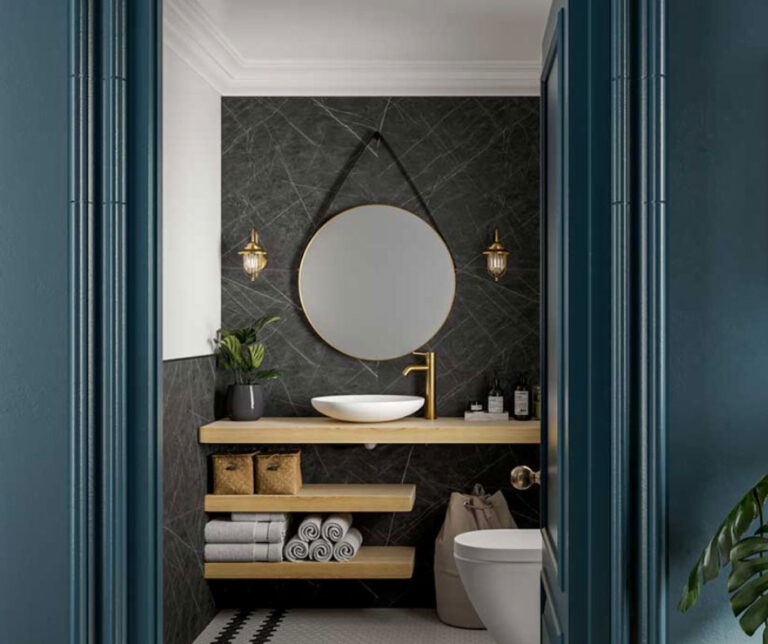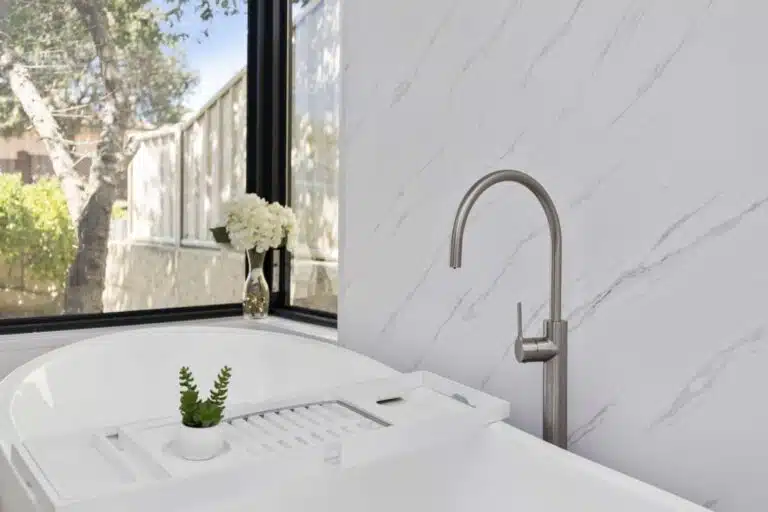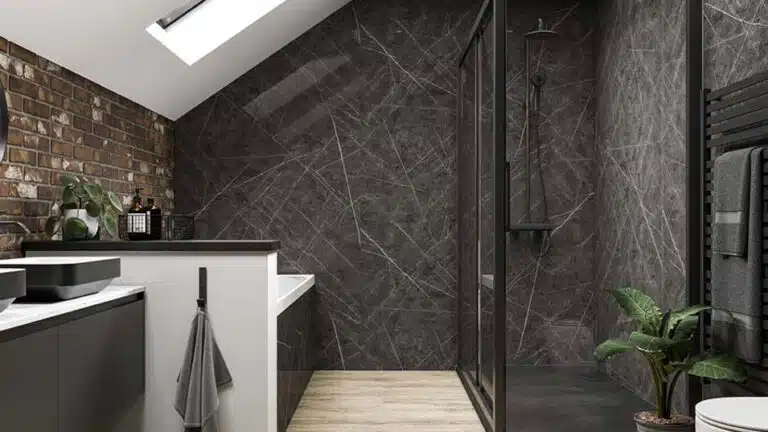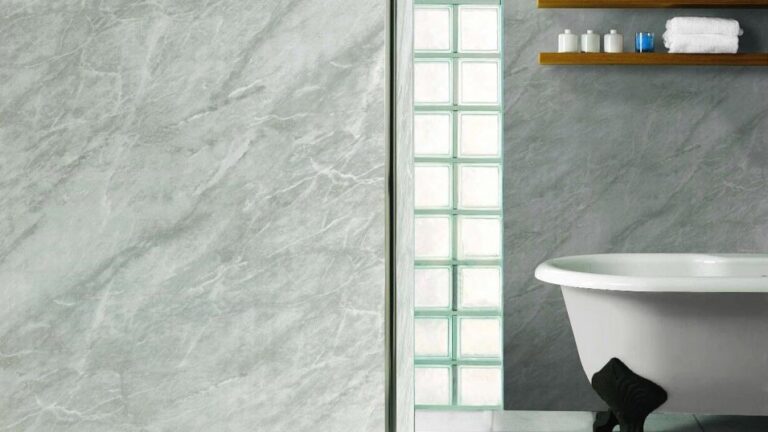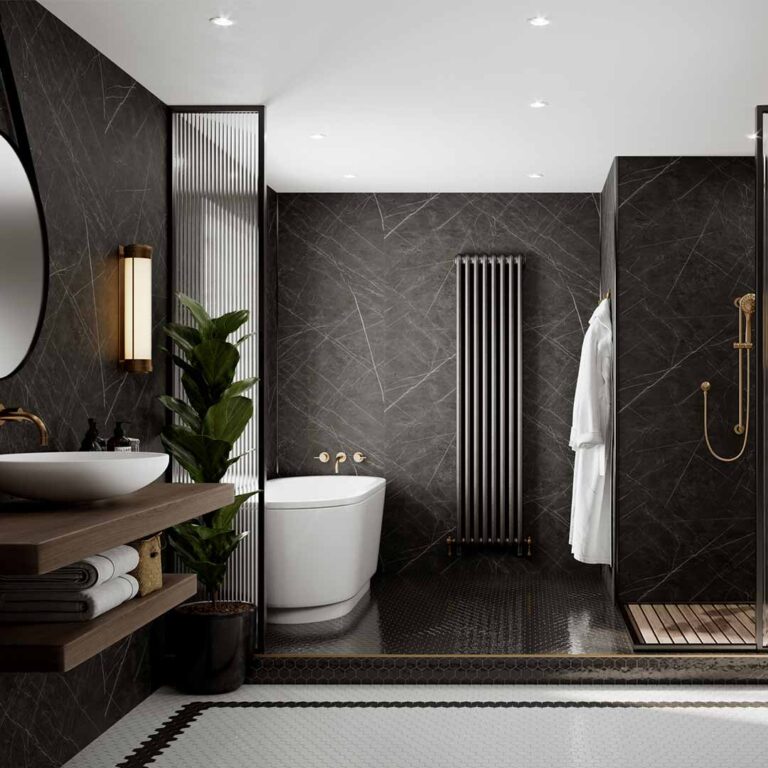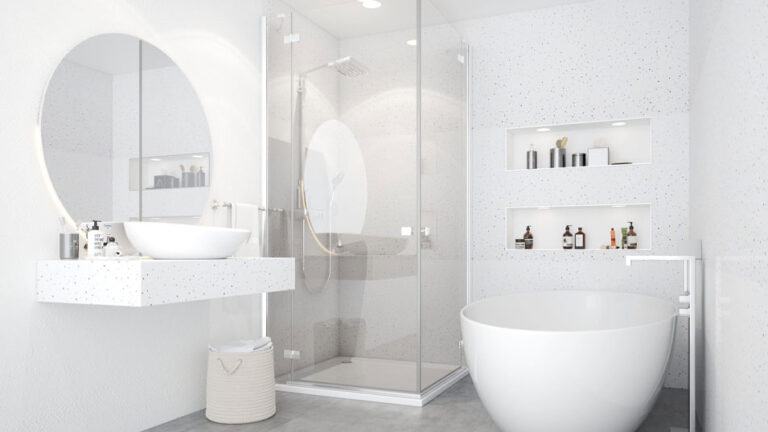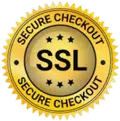Cleaning Products – What effect does using bleach have on our health and what are the alternatives
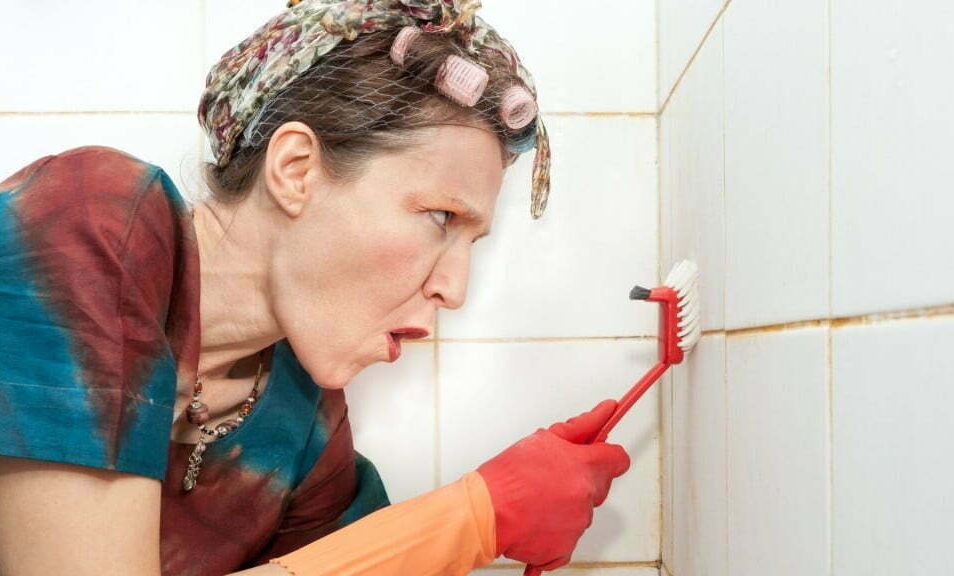
I must admit I was the definition of a ‘Bleach Queen’! Donning my trusty rubber gloves and taking a variety of bleach based cleaning products and scrubbing brushes into the bathroom each week to scrub the tiles and grout to within an inch of their life! Afterwards I would feel sick and dizzy from the fumes and without the rubber gloves my hands would have been red raw, but it was what we did right? We didn’t know any better.
As technology moved on and the ‘world wide web’ gave us all the ability to share information and gain knowledge, we all know now that all the ‘big brand’ cleaning products can contain any number of chemicals which pose a significant risk to our own health and safety and that of the environment.
BUT did you know that here in Australia there are no pre-market regulations that stipulate mandatory testing of chemicals prior to their sale. This means companies can sell us whatever they like to clean our house without the need to determine if they are safe!
Ready to Transform your Bathroom?
Discover the perfect wet wall panels for your bathroom renovation at Wet Wall Works. Shop now to explore our wide range of designs!
The Australian Competition and Consumer Commission (ACCC) poisons report released in 2016 revealed that each year 180,000 calls are made to Poisons Information Centres in Australia, with about half of these relating to children. The most common causes of poisoning incidents were all-purpose and hard surface cleaners, detergents, and bleach, which many of us still use on a day-to-day basis.
Chemicals found in our cleaning products can have negative impacts on many systems in our bodies. Some chemicals may only cause skin irritation, eczema, and dermatitis in susceptible individuals.
But if you see no obvious reaction to the products, you are using this doesn’t mean that they are safe! Chemicals can affect our bodies silently, with no obvious signs for years.
Remember what I said previously about the fact that there is no requirement under Australian law for manufacturers to disclose the ingredients used in their products. We have no way of knowing what we are using in our homes, or the potential effects these are having!
Now to be fair, some manufacturers do let us know what is in their products, but these are few and far between. They say that they are trying to be transparent and do the right thing, we just need to read the label, which is easy right?……. Have you tried to read the label? I have and was bamboozled with long complicated unpronounceable names that are used hide the chemicals that us more wary consumers try to avoid.
So how do we find out what these long complicated chemical names are?
There is a way, but it’s not easy and not really something you can do in the middle of the supermarket!
It involves firstly tracking down the Safety Data sheet of the product by using our friend ‘Mr Google’ or contacting the manufacturer direct. BUT…these SDS’s only need to list the chemicals that are defined as hazardous under Australian workplace health and safety regulations and the use of generic names and concentration ranges is allowed to protect proprietary information. Which doesn’t really help us as consumers.
Once you have the Safety Data Sheet for a product you can then search the CAS (chemical abstracts service) number which is a unique and unambiguous identifier for a specific substance.
Finally……you can see past the long complicated chemical names and find other names for that chemical to see if it’s one you would like to avoid.
To save you the hassle of going through this process, I can tell you that the main chemical found in products commonly used for cleaning bathrooms is Sodium Hypochlorite (bleach) and that exposure to bleach can cause irritation to the eyes, mouth, lungs and skin, asthma sufferers or people with respiratory issues are especially susceptible. It can also burn human tissue, internally or externally, especially in small children.
As more of us become aware of the effect of chemicals such as bleach on the environment and on our own health, we are looking for alternative cleaning methods. There are several websites out there that have ‘recipes’ for safe, effective cleaning products that can be made at home. 8 of the best can be found on the Good Housekeeping website why not give them a go!
Personally though, my top tip is to find a product that doesn’t need to be scrubbed\ with bleach to keep it clean – much kinder on the environment, our health, AND leaves us much more time to things that are enjoyable (because scrubbing the bathroom certainly isn’t)!!


